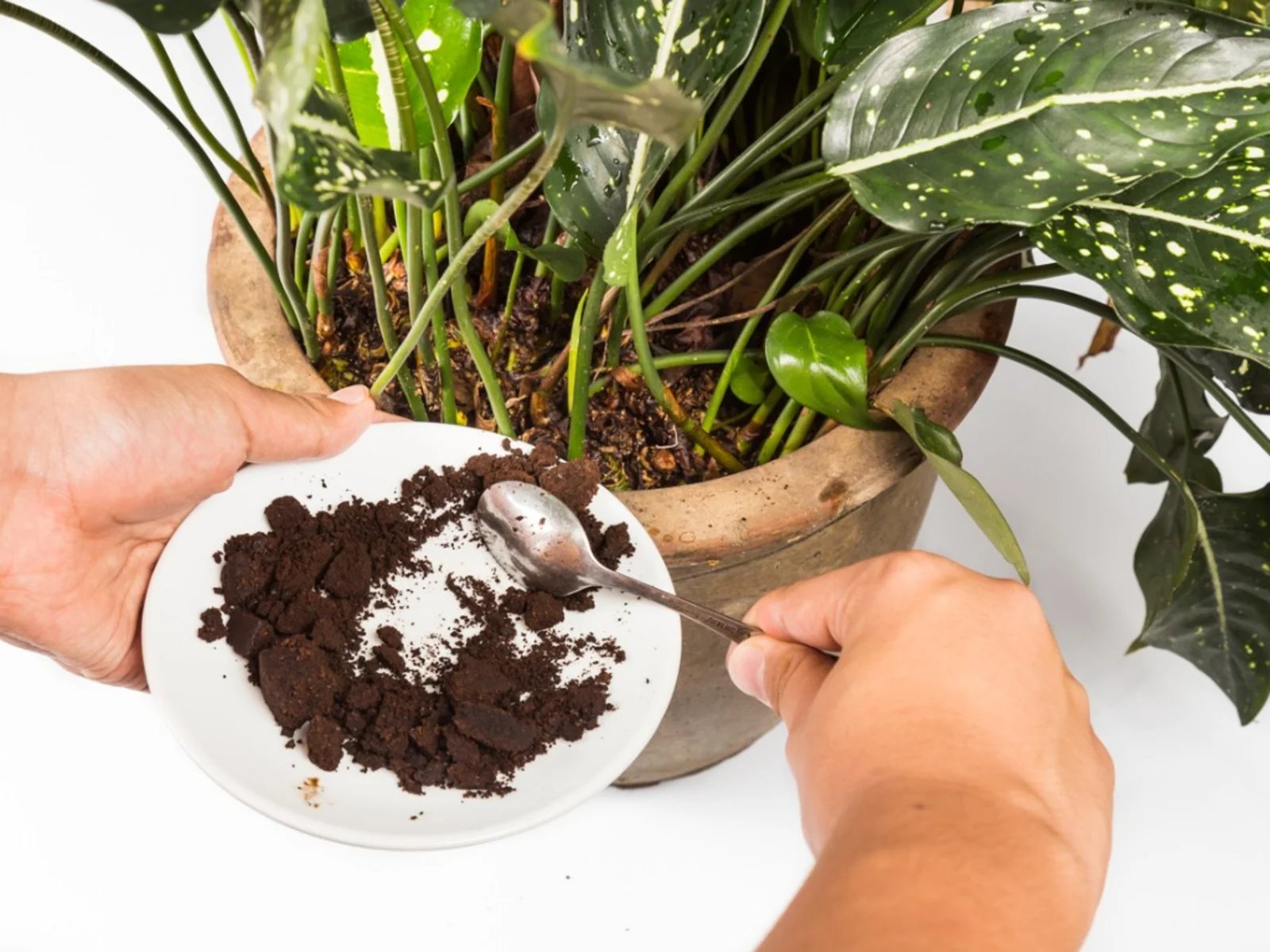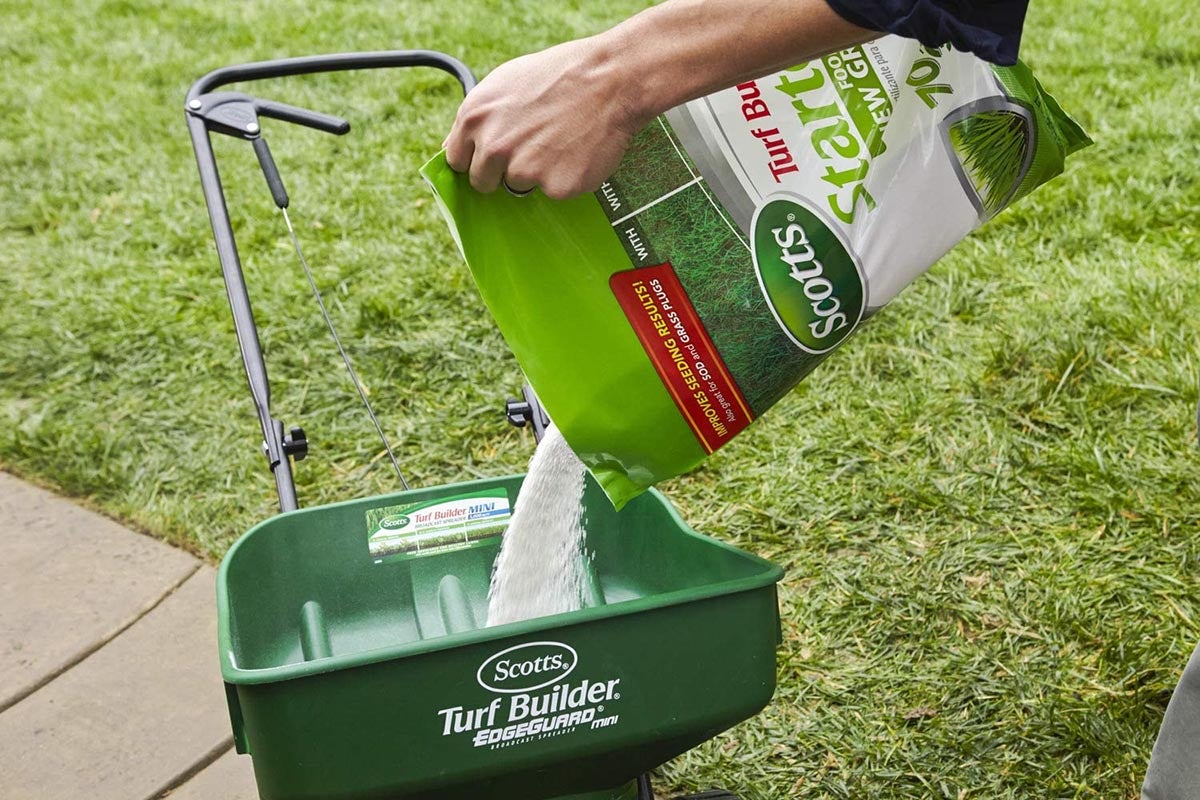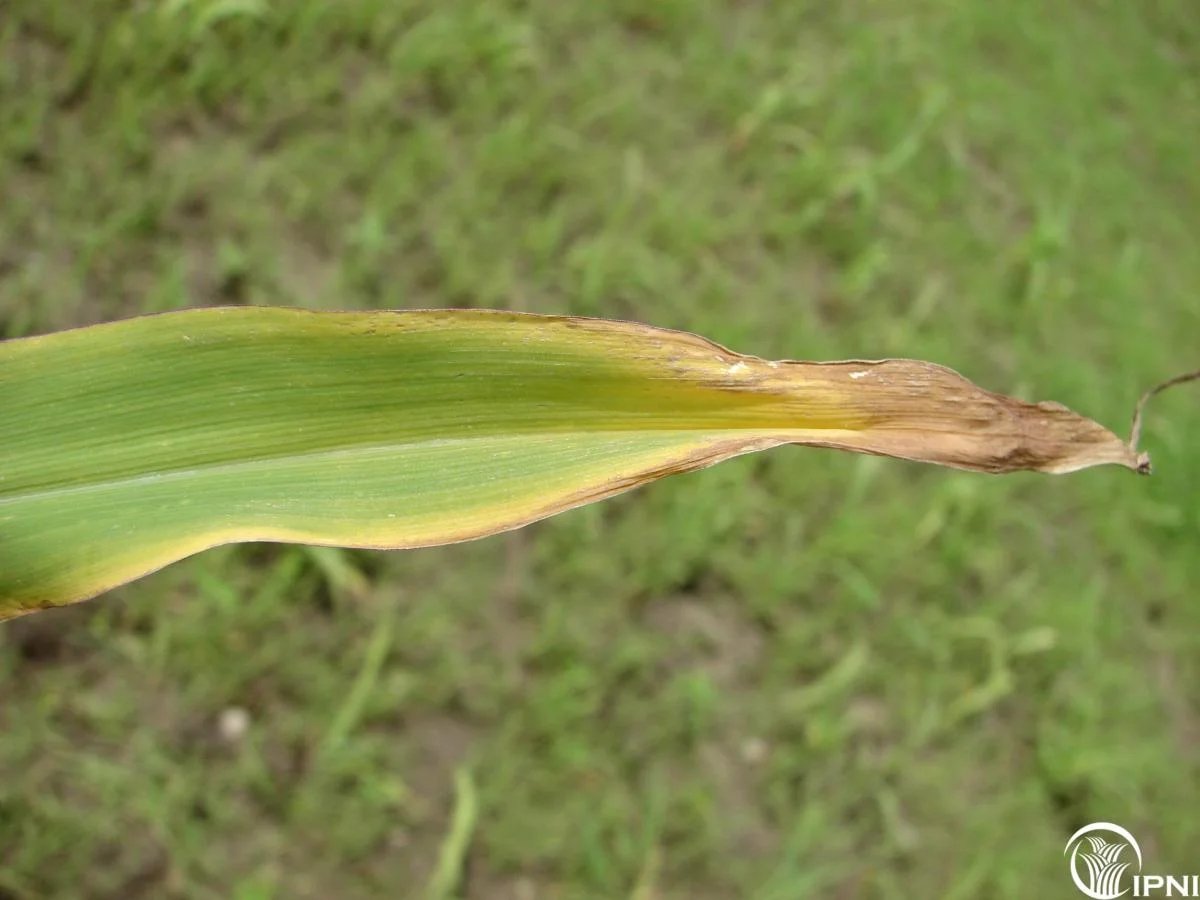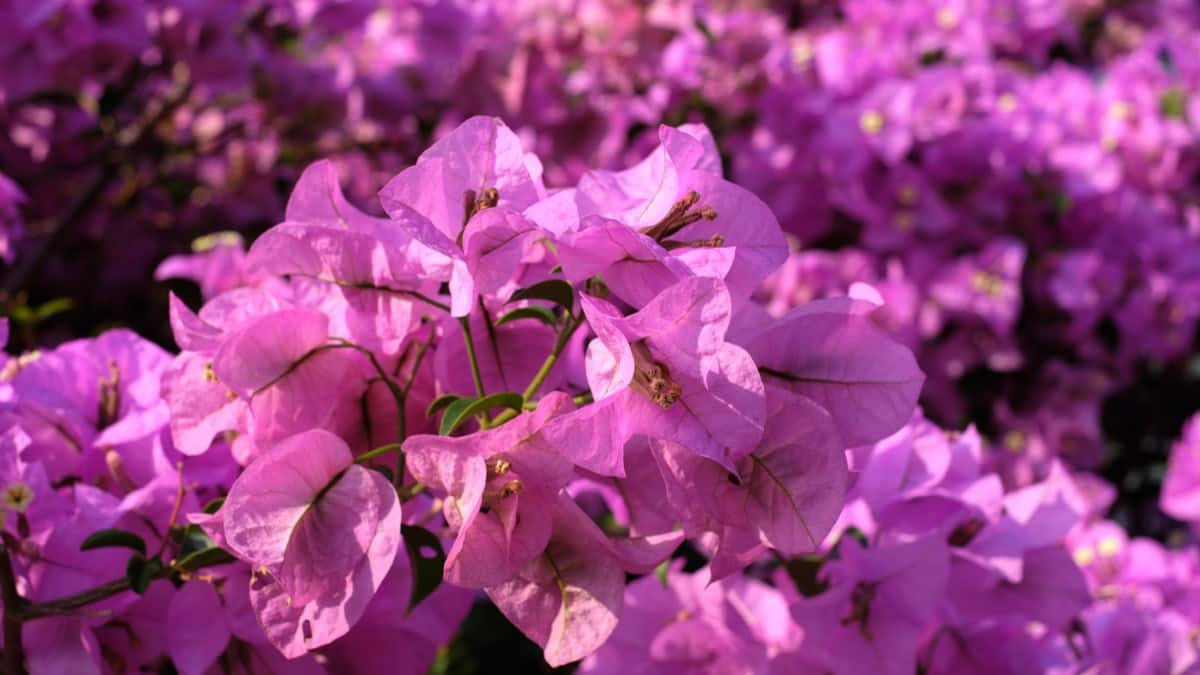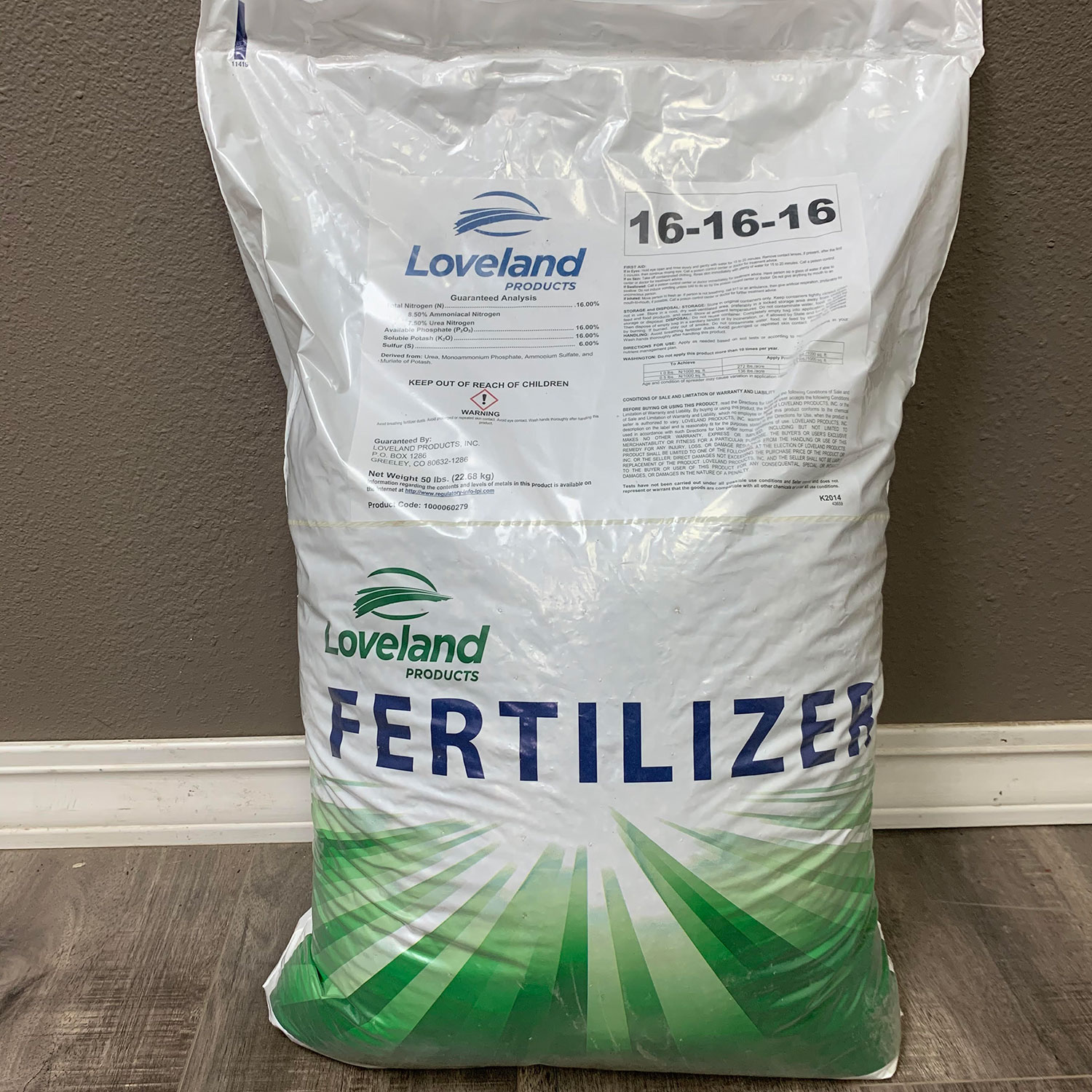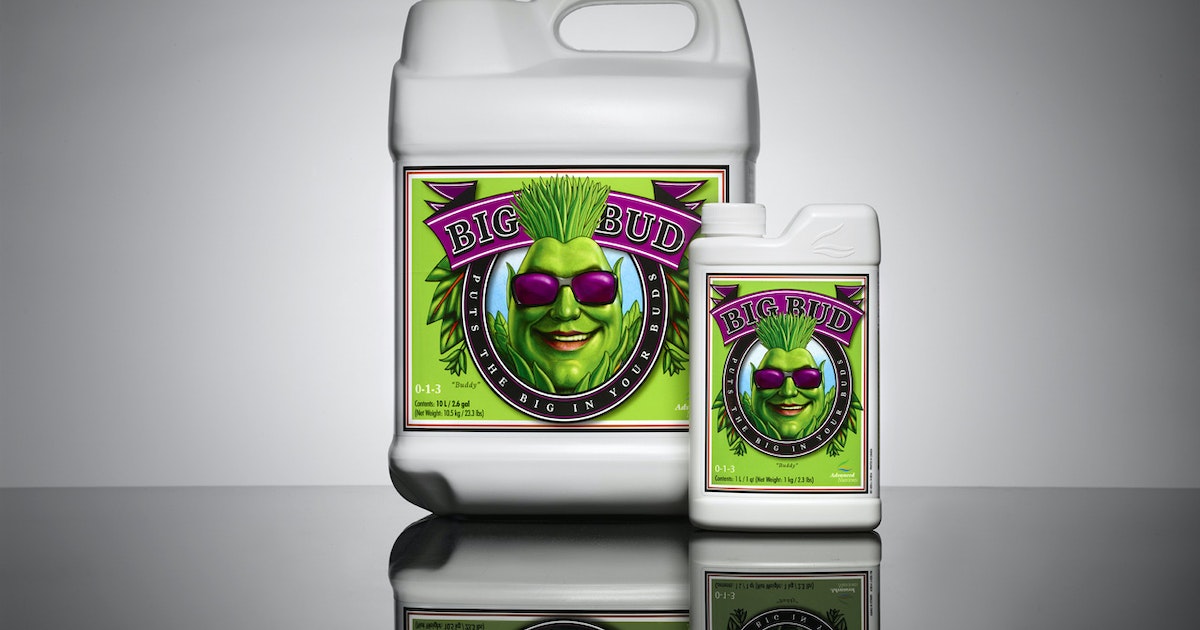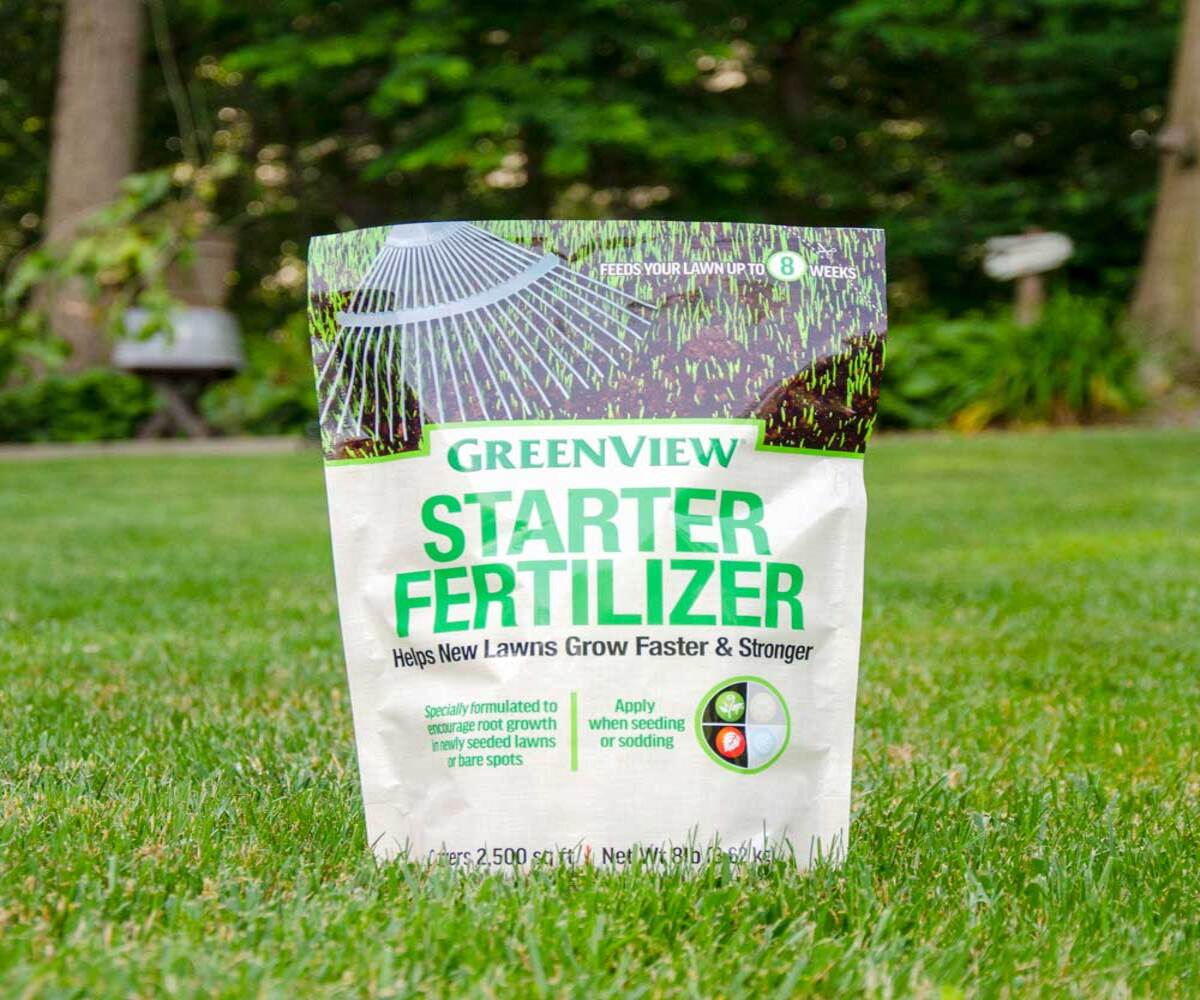Home>Gardening Techniques>DIY Projects>How To Use Eggshells For Fertilizer
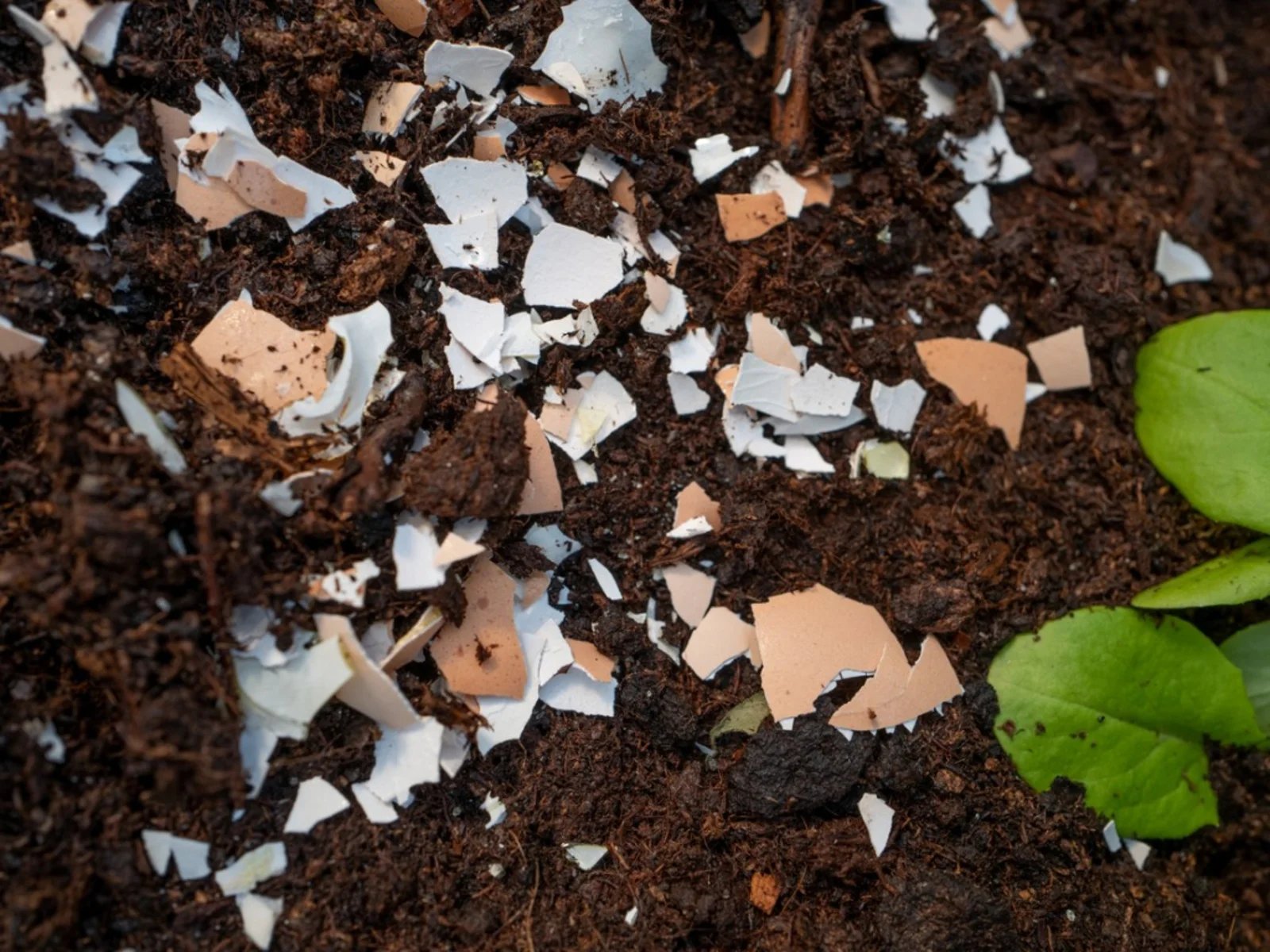

DIY Projects
How To Use Eggshells For Fertilizer
Modified: February 9, 2024
Discover the benefits of using eggshells for fertilizing your plants with this simple DIY project. Learn how to turn waste into nutrient-rich compost for your garden.
(Many of the links in this article redirect to a specific reviewed product. Your purchase of these products through affiliate links helps to generate commission for Chicagolandgardening.com, at no extra cost. Learn more)
Table of Contents
Introduction
Welcome to the world of DIY gardening and fertilizers! If you’re someone who loves to get your hands dirty and take pride in growing your own plants, you’re in the right place. Today, we’ll be exploring an unconventional but highly effective way to boost your garden’s growth and health – using eggshells as fertilizer.
Eggshells are a natural and abundant source of nutrients that can contribute to the vitality of your plants. Instead of throwing them away, why not put them to good use in your garden? They not only provide essential minerals to your soil but also help in preventing certain plant diseases.
Not only is using eggshells as fertilizer a cost-effective and eco-friendly option, but it’s also easy to incorporate into your gardening routine. Whether you’re a seasoned gardener looking for new techniques or a beginner looking to explore sustainable gardening practices, this article will guide you through the benefits of using eggshells as fertilizer and how to effectively implement them.
Throughout this article, we’ll delve into the numerous benefits of using eggshells as a natural fertilizer, the preparation process for using them, the various ways to apply them in your garden, and some helpful tips for maximizing their effectiveness. By the end, you’ll be equipped with all the information you need to harness the power of eggshells in your garden and take your DIY projects to the next level.
So, let’s dig in and discover the incredible potential of eggshells as a fertilizer for your plants!
Benefits of Using Eggshells as Fertilizer
Using eggshells as fertilizer offers a wide range of benefits for your plants and garden. Here are some of the key advantages:
- Rich in Nutrients: Eggshells are primarily composed of calcium carbonate, which is a valuable nutrient for plants. Calcium is essential for healthy cell development, root growth, and overall plant structure. In addition to calcium, eggshells also contain traces of magnesium, potassium, and other minerals that contribute to plant health.
Homes For Beneficial Microbes: Eggshells provide a habitat for beneficial microbes, such as earthworms and bacteria, which can enhance the soil’s fertility and nutrient availability. These microbes break down organic matter, release nutrients, and improve soil structure – all factors that promote healthy plant growth. - Pest Deterrent: Crushed eggshells act as a natural deterrent against pests such as slugs, snails, and cutworms. The sharp edges of the crushed shells create a barrier that pests find difficult to cross, protecting your plants from potential damage.
Acid Neutralizer: Eggshells have alkaline properties that help neutralize acidic soils. If you have plants that prefer a more neutral pH, incorporating crushed eggshells into the soil can help create a more balanced environment. Environmentally Friendly: By using eggshells as fertilizer, you are reusing a waste product that would otherwise end up in a landfill. It’s a sustainable way to enhance your garden while reducing waste and your environmental footprint.
These benefits make eggshells an excellent option for gardeners looking to promote plant growth, deter pests, and improve soil quality. The natural properties of eggshells provide a holistic approach to gardening, ensuring that your plants thrive in a nourishing environment.
Preparing Eggshells for Use
Before incorporating eggshells into your garden as fertilizer, it’s important to prepare them properly to maximize their effectiveness. Here’s a step-by-step guide on how to prepare eggshells for use:
- Collect and Clean: Start by collecting eggshells from your kitchen. Rinse them thoroughly to remove any residue or egg white that may be sticking to the shells. This will prevent any unpleasant odors and deter pests from being attracted to your garden.
- Dry: Allow the rinsed eggshells to air dry completely. This can take around a day or two. Alternatively, you can speed up the drying process by placing them in a low-temperature oven for about 15 minutes. Ensure they are completely dry before proceeding to the next step.
- Crush: Once the eggshells are dry, gently crush them into small pieces. You can use a mortar and pestle, a rolling pin, or even a blender to achieve the desired consistency. Aim to crush the shells into fine pieces, but they don’t need to be powdered.
- Optional Grinding: If you prefer a finer texture, you can further grind the crushed shells in a coffee grinder or a food processor. This step is optional and depends on your personal preference or the specific needs of your plants.
- Store: After preparing the eggshells, store them in a clean, dry container with a tight-fitting lid. This will help preserve their nutrient content and prevent moisture or pests from affecting their quality. Keep the container in a cool, dark place until you are ready to use the eggshells as fertilizer.
By properly preparing eggshells, you can ensure that they are ready to provide the necessary nutrients to your plants and contribute to the overall health of your garden. Remember to handle eggshells with care to avoid any injury or contamination, and enjoy the process of preparing your very own organic fertilizers!
Applying Eggshells as Fertilizer
Now that you have prepared your eggshells, it’s time to put them to good use in your garden. Here are a few effective ways to apply eggshells as fertilizer:
- Ground Cover: One simple method is to sprinkle the crushed eggshells around the base of your plants. This helps create a protective barrier against pests and provides a slow release of nutrients to the soil over time. Take care to spread the eggshells evenly and avoid piling them up around the stems.
- Compost Addition: Another approach is to add crushed eggshells to your compost bin or pile. They will break down gradually, enriching the compost with essential minerals. When the compost is ready, you can use it to amend the soil or as a top dressing around your plants.
- Seed Starter: If you’re starting plants from seeds, you can use eggshells as biodegradable seed starters. Fill halved eggshells with potting soil, sow the seeds, and place them in a tray or egg carton. Once the seedlings are ready to be transplanted, gently crush the eggshells and plant them directly into the soil, providing an extra nutrient boost.
- Calcium Boost: Certain plants, such as tomatoes and peppers, benefit from a calcium boost to prevent blossom end rot. To provide this, place crushed eggshells into the planting hole or add them to the bottom of pots before transplanting. This helps provide a slow release of calcium to the plants as they grow.
- DIY Fertilizer Tea: You can create a nutrient-rich fertilizer tea by steeping crushed eggshells in water. Simply place the eggshells in a container of water and let it sit for a few days. Use this water to water your plants, providing them with a calcium-rich boost
Remember to adjust the amount of eggshells based on the size of your garden and the needs of individual plants. Start with a small quantity, observe the results, and make any necessary adjustments for optimal growth.
By applying eggshells as fertilizer, you are promoting the sustainable and natural growth of your plants while reducing waste. It’s a simple and effective way to enhance the health and productivity of your garden.
Tips for Effective Use of Eggshells
To make the most of using eggshells as fertilizer in your garden, here are some helpful tips to keep in mind:
- Crush the Eggshells Thoroughly: Ensure that the eggshells are crushed into small pieces to facilitate their breakdown in the soil. This will allow for a slow release of nutrients and prevent potential issues, such as attracting pests or creating a lumpy surface.
- Apply Eggshells in Moderation: While eggshells are beneficial for plants, it’s important not to overdo it. Apply them in moderation to avoid imbalance in soil pH or nutrient levels. Start with a small amount and gradually increase as you observe the plant’s response.
- Combine with Other Organic Matter: Eggshells work well when combined with other organic matter, such as compost or mulch. This helps create a well-rounded soil environment with a diverse range of nutrients and microorganisms. Mix the crushed eggshells with compost or spread them over the mulch layer for best results.
- Avoid Using Cooked Eggshells: Stick to using eggshells from raw eggs rather than cooked ones. Cooked eggshells may have a different composition due to the cooking process, and they may not break down as efficiently in the soil.
- Consider Plant Preferences: Different plants have varying nutrient requirements and pH preferences. Research the specific needs of your plants and adjust the amount of eggshells accordingly. Some plants may require more calcium, while others may thrive in slightly acidic soil.
- Be Patient: Eggshells take time to decompose and release their nutrients into the soil. It may take several weeks or even months for visible results. Be patient with the process and continue to provide regular care and maintenance for your plants.
Following these tips will ensure that you use eggshells effectively and achieve the maximum benefits for your plants. Experimentation and observation are key when incorporating eggshells as fertilizer, as every garden and plant may respond differently.
With a little patience and dedication, you’ll be able to harness the power of eggshells and create a thriving and sustainable garden that you can be proud of.
Conclusion
Using eggshells as fertilizer is a simple, cost-effective, and environmentally-friendly way to promote the growth and health of your plants. The rich mineral composition of eggshells, including calcium, magnesium, and potassium, provides essential nutrients that contribute to strong root development, healthy foliage, and vibrant blooms.
By repurposing eggshells that would otherwise end up in the trash, you’re reducing waste and taking a step towards sustainable gardening practices. Incorporating crushed eggshells into your garden not only offers nutritional benefits but also acts as a natural deterrent against pests, aids in neutralizing acidity in the soil, and supports beneficial microbial activity.
Remember to collect and prepare the eggshells properly, crushing them into small pieces or grinding them to a finer texture. Then, apply them strategically by sprinkling them around plants, adding them to compost, using them as seed starters, or brewing them into a nutrient-rich tea.
Keep in mind the importance of moderation and considering plant preferences. Adjust the amount of eggshells based on the needs of your specific plants and observe their response over time. It’s a process that requires patience and experimentation, but the results will be worth it.
As an avid gardener, using eggshells as fertilizer adds another layer of depth to your DIY projects and gardening expertise. It’s a small yet impactful way to enhance the beauty, productivity, and overall vitality of your garden.
So, the next time you crack open an egg, think twice before tossing away those shells. Give them a second life in your garden, and enjoy the rewards of using eggshells as a natural and resourceful fertilizer.

